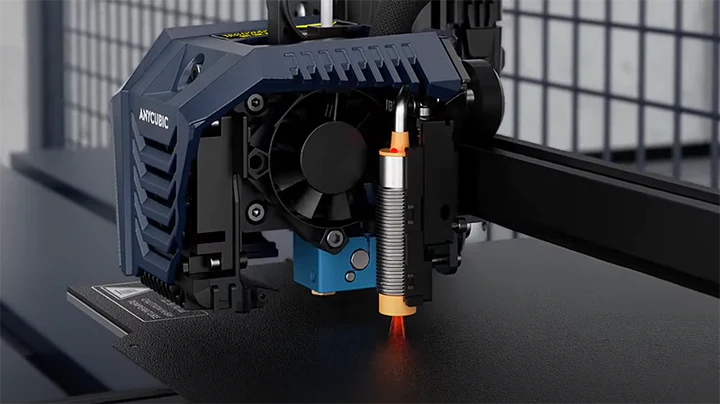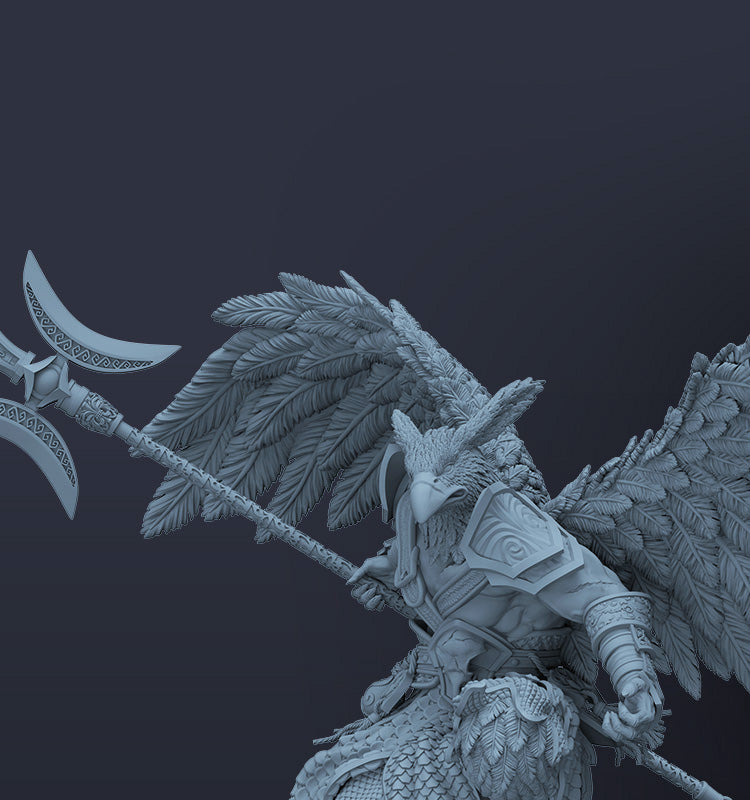We know about 3D printers, we often focus on its leveling function, whether the extruder is direct or remote, while the cooling fan is not very often mentioned. But like other components and functions of printer, the 3D printer cooling fan also plays an important role in print quality. The correct setting of the cooling fan can reduce the number of printing failures.
What is the Function of the Fans on a 3D Printer?
In the working process of 3D printers, heat dissipation is a part that may be overlooked, but is actually important. The machine itself, such as the motherboard, is generally equipped with heat dissipation components. The motor drive and processor will generate a lot of heat during work. The radiator can ensure that the printer will not overheat when it is running, and ensure the quality and efficiency of the printer when printing models.
Another important and commonly used area for fan is the print head of printer. FDM printing requires high temperature melting materials, the temperature of the nozzle is generally above 180°C, and the temperature of the heating module of the print head is much higher, so a fan is also needed to keep the print head in a suitable working environment.

3D Printer Fan: How Does A Cooling Fan Affect the Quality of 3D Printing
Here is a simple case. I once tried to print a model downloaded from Thingiverse. After the model was printed, I found that where it hangs, the filaments are not formed and there are burnt marks. This is undoubtedly a failed model. During the second print, I pay close attention to where need to adjust to avoid failure. Until after the first few layers of printing, the printer's fan was still not running. So I manually turned on the fan of the machine, and a complete and perfect model was printed.
Why does the first print fail? What is the role of the cooling fan in the printing process? The commonly used material for printing is PLA filament, which is a thermoplastic that requires rapid cooling to complete solidification after being extruded from the nozzle. If the 3d printer fan is not running during the printing process, the extruded filament is too hot to deposit evenly on the printing platform. In this situation, the melt material is prone to layer shifting, and eventually it cannot maintain the shape of the model should have and cannot take on the next layer, which will eventually cause printing fail.

For those who like 3D printing, it is useful to know more information about the cooling fan of the print head. When we slice the model file, we also need to set the fan to run in order to improve the quality of the printed model. There are some troublesome things that may occur during the printing process, such as model warping. Usually, the fan can be turned off when printing the first layer to improve the adhesion of the bottom layer. When printing the model, it is better to keep the fan running to avoid the material from reacting with too high temperature. Because in addition to the special needs of the first few layers, the molten filament still needs the cooling fan to dissipate heat and solidify fast enough to accurately accumulate layer by layer.
3D Printer Fan: Optimal Fan Speed Setting for 3D Printing
Since the 3D printer fan will affect the quality of the printed model, it becomes necessary to know how to properly set the fan and fan speed. The most common method we use is to set the fan when slicing the model. For most 3D printing, the most useful suggestion is to print with the fan turned off on the first layer or the first few layers to avoid warping at the bottom. Keeping the fans running at a reasonable speed while printing and it is easier to get a successful print.
In addition to slicing software, some FDM printers also support adjusting fan and fan speed on the machine. The powerful and novice-friendly Anycubic Kobra Neo is a desktop-level FDM printer that can manually set the fan speed from 0% to 100% to meet printing needs in different situations and achieve the best printing results.

Try to adjust the fan speed to print a better quality model, but there is no specific fan speed value to suit all FDM printers. But we have useful information that we can provide. Increasing the fan speed will result in faster cooling, but there is a risk of warping; reducing the printing speed, the melted filament may not form, resulting in layer shift, but when the edge of the model is warped, you can properly reduce the printing speed to avoid this trouble. Set the fan to the proper parameters for the printer you have, and adjust and optimize the speed according to the needs of your model. For the patient hobbyist, printing out a perfect model is not too difficult.





